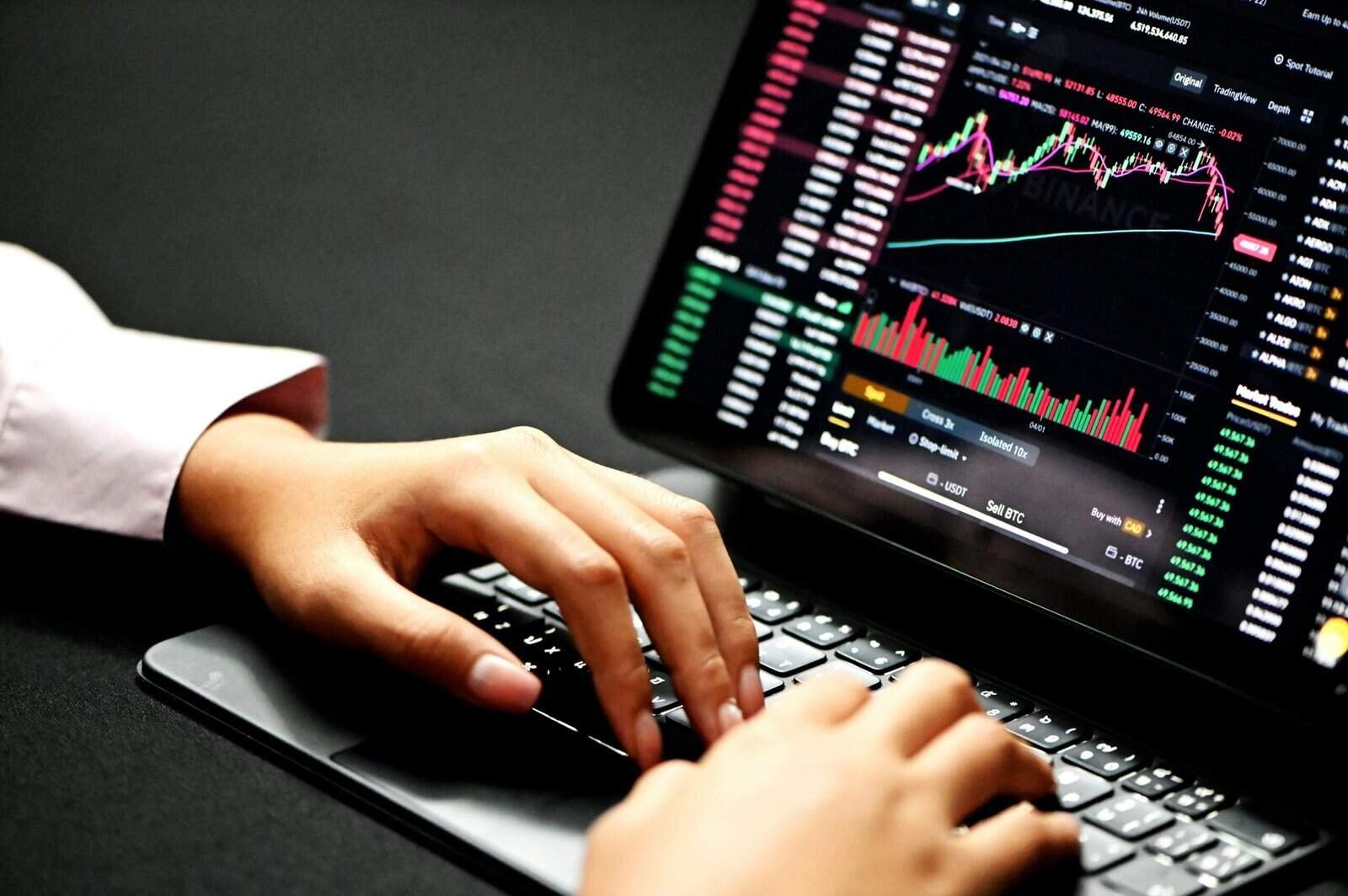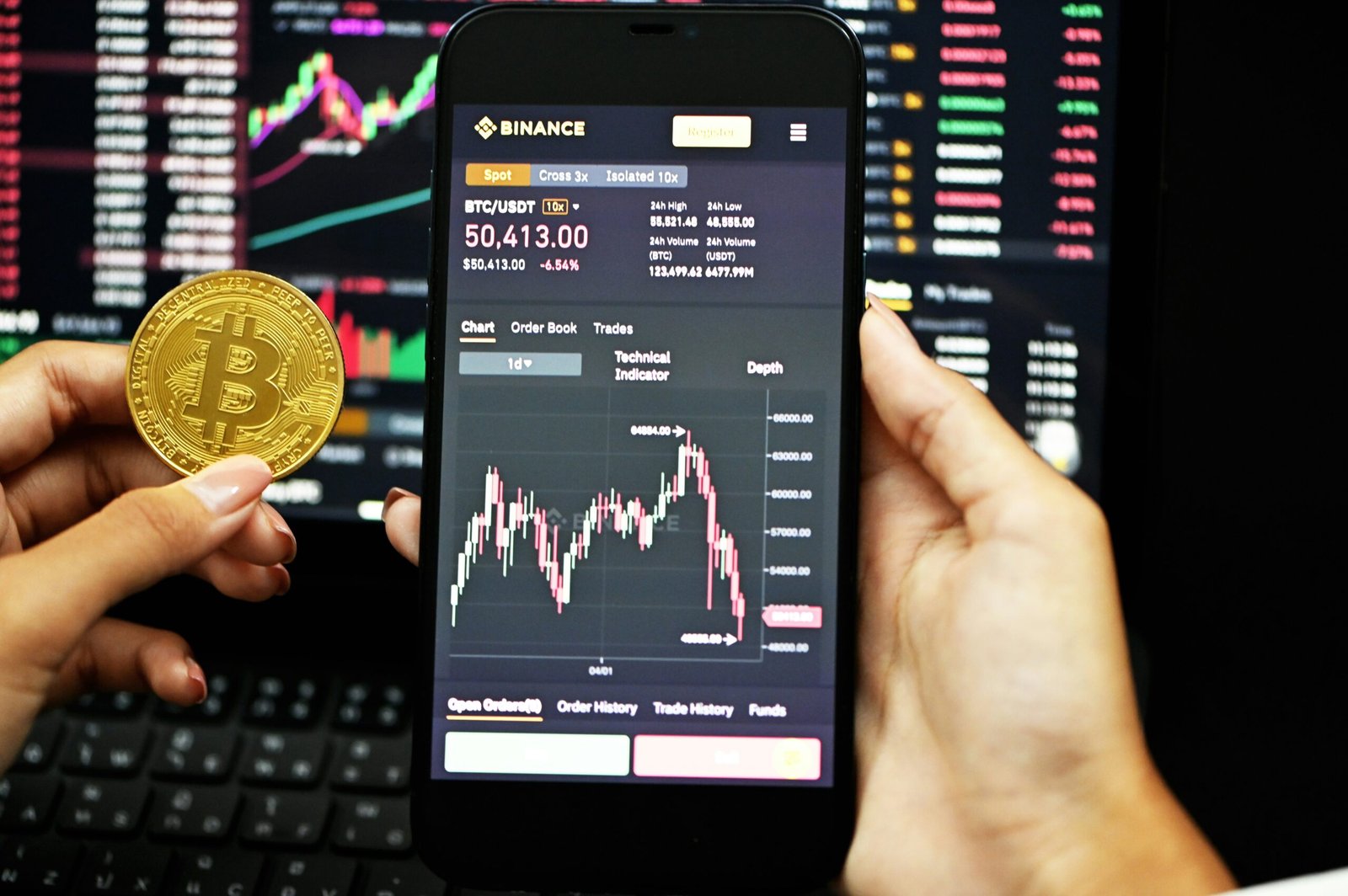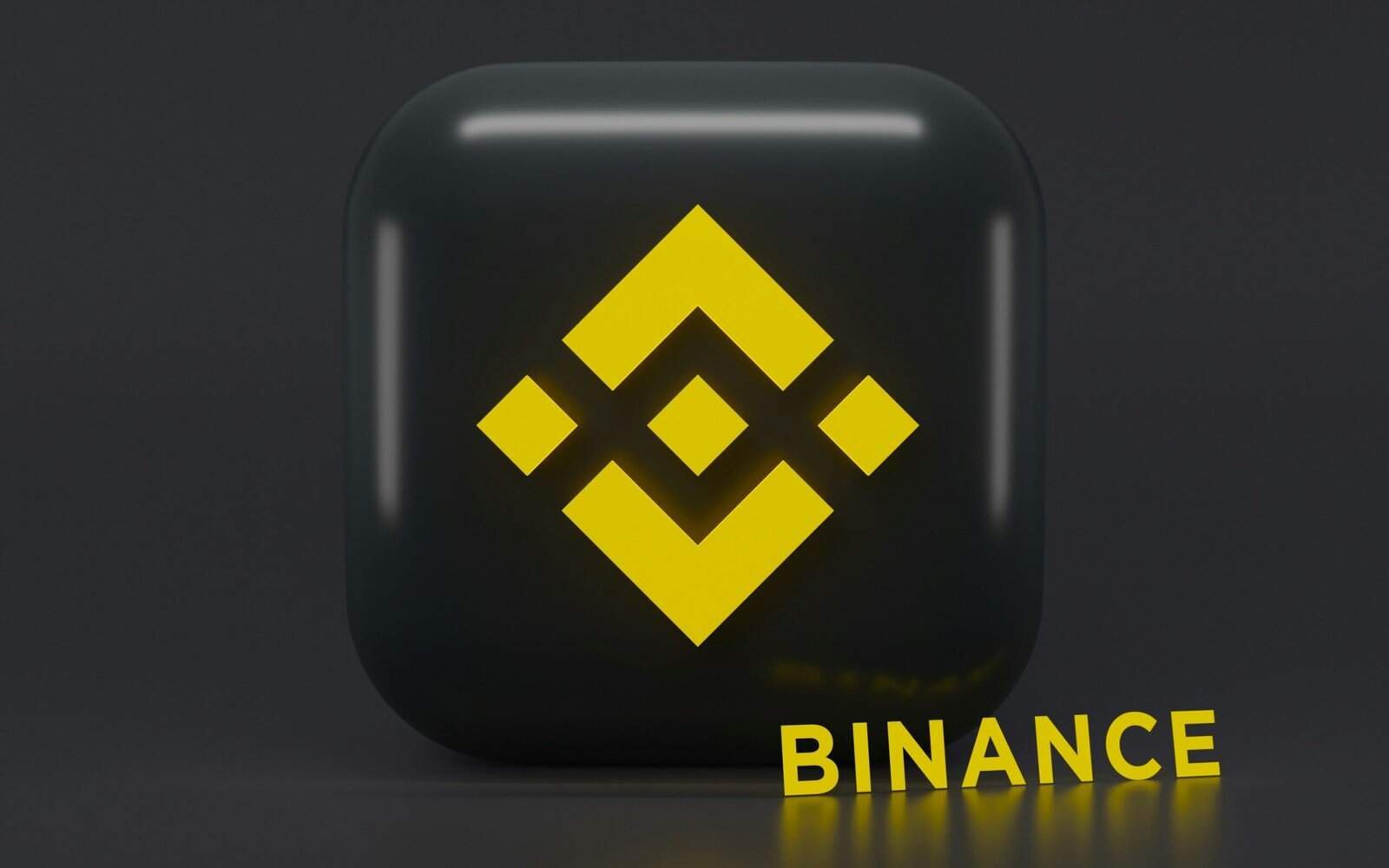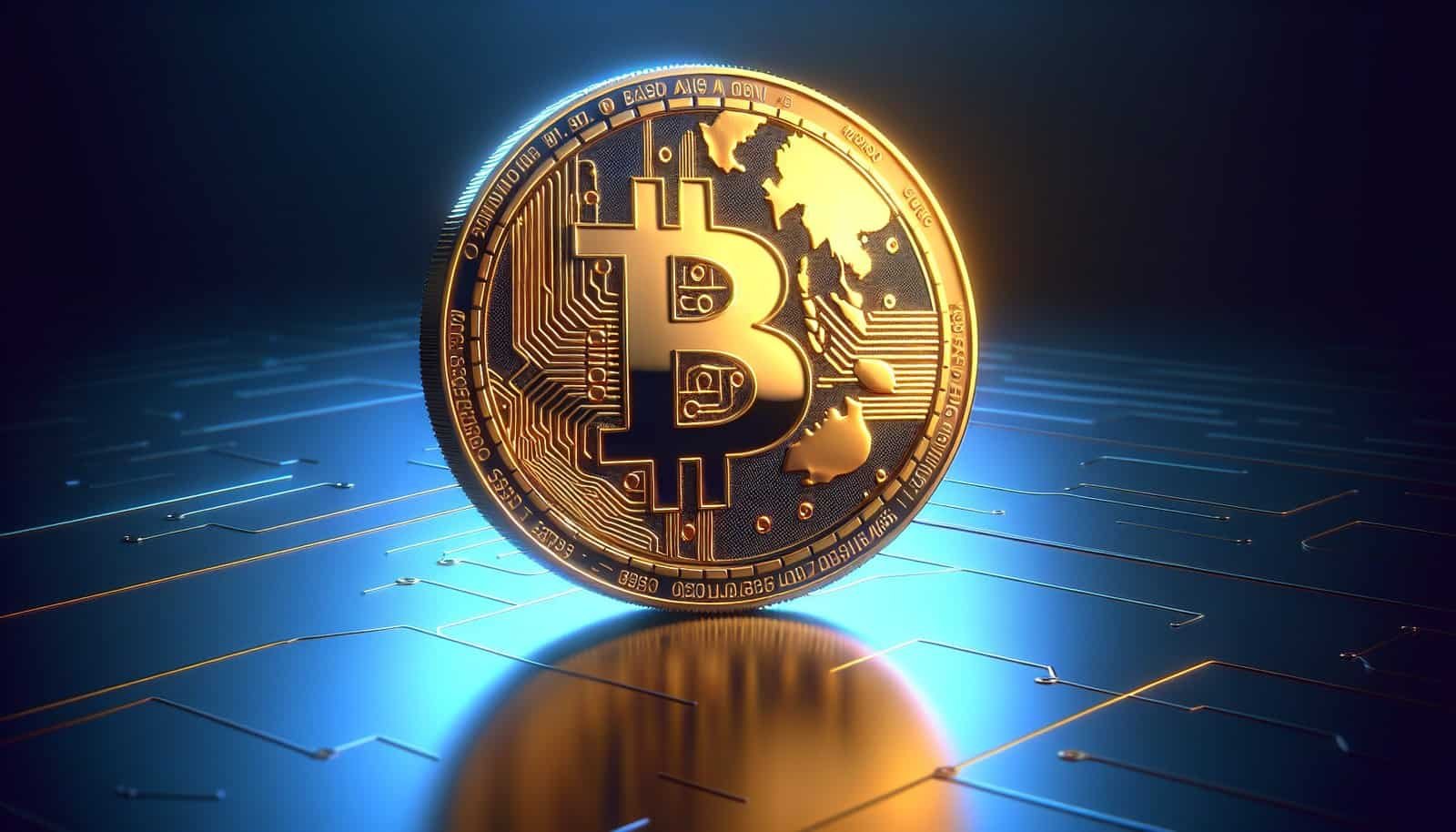Are you curious which exchanges dominate the Asian crypto market this year and what makes them stand out?
Which Exchanges Dominate The Asian Crypto Market This Year?
This article breaks down the exchanges that hold the most influence across Asia, why they lead, how they compete, and what you should consider when choosing one. You’ll get a clear view of market dynamics, country-level leaders, feature comparisons, and trends shaping dominance so you can make better decisions whether you’re trading casually, building an institutional strategy, or simply keeping up with the market.
Market overview: why Asia matters
Asia remains one of the most important regions for crypto thanks to large retail participation, rapid fintech adoption, and sizable institutional interest. You’ll find a broad range of users across countries such as South Korea, Japan, Singapore, India, Indonesia, and Vietnam — each with distinct preferences, regulatory frameworks, and payment rails.
The combination of high mobile penetration, youth demographics, and a strong culture of electronic payments helps exchanges scale quickly. At the same time, regulatory complexity and fragmented local rules mean that an exchange’s regional strength often depends on its ability to localize services and comply with varying frameworks.
Key regional characteristics
Asia’s market is not monolithic. South Korea and Japan emphasize local compliance and strong consumer protections, India is a fast-growing retail market with evolving regulation, Southeast Asia adapts quickly to mobile-first products, and Singapore acts as a hub for institutional services and fintech infrastructure. You’ll see different exchanges lead in different sub-regions because of these nuances.
Liquidity, volumes, and user behavior
Liquidity is concentrated on a handful of large global platforms and some dominant local exchanges. You’ll generally find deeper order books and tighter spreads on exchanges that focus on derivatives and institutional clients. Conversely, many local players attract retail volumes due to native fiat onramps and localized marketing.

Regulatory environment: a decisive factor
Regulation has a major influence on which exchanges grow and which struggle. You’ll notice that exchanges with robust compliance teams and local licenses often gain broader access to payment partners and partnerships with banks.
Regulatory stances vary across Asia:
- Japan enforces strict licensing and consumer protection rules.
- South Korea tightly regulates exchanges with clear KYC/AML expectations and local bank partnerships.
- Singapore offers a structured framework that attracts institutional offerings.
- India’s framework is evolving; exchanges are adapting rapidly to taxation and disclosure rules.
- China’s ban on retail crypto trading changed market flows, pushing liquidity to offshore platforms and regional hubs.
Exchanges that successfully balance compliance with product innovation tend to build sustainable market share.
Top exchanges that dominate the Asian market
Below is a concise table highlighting the leading exchanges you’re likely to encounter across Asia, with their main strengths and focus areas. Note: these descriptions are qualitative and designed to explain strengths rather than provide exact, fluctuating market share numbers.
| Exchange | Headquarters / Base (typical) | Main markets in Asia | Strengths / Specialties |
|---|---|---|---|
| Binance | Global (originally China; HQ fragmented) | Pan-Asia: Singapore, Southeast Asia, large user base across many markets | High liquidity, wide token selection, strong derivatives and futures offering, aggressive product rollout, extensive fiat onramps in many markets |
| OKX | Global (HQ shifted) | Southeast Asia, India, wider Asia | Derivatives focus, deep liquidity, institutional-grade tools, staking and DeFi integrations |
| Huobi (Global) | Global (historical roots in China) | Southeast Asia, some East Asian markets | Large token listings, derivatives, broad product set and developer-focused services |
| Bybit | International (Asia-focused operations) | Southeast Asia, South Korea, other Asian markets | Fast-growing derivatives platform, competitive fees, product innovation, mobile-first UX |
| Upbit | South Korea | South Korea | Strong local brand, tight bank integrations, high retail activity, compliance with Korean rules |
| BitFlyer | Japan (and US) | Japan | Strong regulatory adherence, fiat onramps in Japan, focus on consumer protection |
| Coincheck | Japan | Japan | User-friendly design, fiat integrations, local compliance, strong retail presence |
| CoinDCX / WazirX (examples) | India | India | Local fiat onramps, Indian user focus, localized support and payment rails |
| Gate.io | International | Southeast Asia, broader Asia | Wide token coverage, spot and derivatives, competitive fees |
| Liquid | Japan / Singapore | Japan, Southeast Asia | Local fiat channels, institutional custody solutions |
Use this table as a starting point; market leadership can shift frequently as new products launch and as regulation changes.

Why these exchanges lead: primary competitive advantages
You’ll see that exchange dominance usually rests on a mix of several factors. Below are the main competitive advantages that determine market leadership.
Liquidity and market depth
Exchanges that provide deep order books and consistent liquidity attract professional traders and arbitrageurs. You benefit from lower slippage and better execution on these platforms.
Product breadth
If you want spot trading, derivatives, staking, savings products, NFTs, or token launches, you’ll prefer exchanges that offer a broad product set. Many market leaders expand beyond spot markets into derivatives, lending, and institutional custody.
Fiat rails and local payment options
You’ll find local market leaders by their ability to provide seamless fiat deposits and withdrawals. Local bank partnerships, mobile wallet integrations, and support for local currencies make onboarding significantly easier for retail users.
Regulatory compliance and licenses
When an exchange holds local licenses and follows KYC/AML norms, you get better protections and more reliable payment processing. This is critical in regulated jurisdictions like Japan and South Korea.
Security and reputation
Trust is essential. Platforms that show transparent reserve reporting, strong security audits, and a clean incident history typically attract risk-conscious users. You’ll often pay a premium for exchanges with strong custody setups.
Localization and customer support
You’ll appreciate exchanges that offer native-language support, native payment channels, tailored marketing, and local product listings. Localization often decides which exchange becomes the default for a specific market.
Detailed profiles of leading exchanges
Below are more granular breakdowns of the most influential players, how they attract users, and what you should consider if you use them.
Binance
Binance is one of the most visible global brands in crypto. You’ll find it widely available across Asia, offering extensive spot and derivatives markets, staking, savings, and a large token listing pipeline. Binance’s strengths include liquidity, rapid feature rollout, and an aggressive expansion strategy that often includes localized fiat solutions.
What to watch: Binance has faced regulatory scrutiny in multiple jurisdictions, which may impact localized services. You should check regional licensing and available fiat rails for your country before fully committing.
OKX
OKX is known for its derivatives marketplace and strong technical infrastructure. If you trade futures and options, you’ll likely appreciate OKX’s product suite and competitive fees. It has made inroads in many Asian markets by offering institutional-grade tooling and developer support.
What to watch: OKX’s international licensing and local integrations vary by country. Confirm what services are available where you live.
Huobi (Global)
Huobi historically built a strong presence in Asia via broad token listings, derivatives, and developer-focused tools. You’ll find Huobi appealing for its token variety and ecosystem services like staking and self-service token listings.
What to watch: Regulatory changes and restructuring have reshaped Huobi’s operations; check localized offerings and compliance status for your region.
Bybit
Bybit has grown rapidly, emphasizing derivatives, rapid innovation, and a clean UX for derivatives trading. You’ll find competitive fee tiers and an aggressive approach to new products like margin, OTC desks, and staking.
What to watch: Bybit’s availability and fiat integrations depend on local licensing, so confirm access in your country.
Upbit
Upbit is a dominant local exchange in South Korea. You’ll enjoy strong local bank integrations, high retail liquidity for KRW pairs, and compliance with Korean requirements that aim to protect users.
What to watch: Upbit’s focus is primarily domestic — if you need cross-border services, pair availability might be limited compared with global platforms.
BitFlyer and Coincheck
These are prominent licensed exchanges in Japan with strong local reputations. You’ll find strong consumer protections, smooth JPY onramps, and adherence to Japanese regulatory standards. If you’re trading in Japan or want trusted JPY rails, these platforms are top choices.
What to watch: Product breadth may be narrower than global platforms, so check derivatives or token availability if you need advanced products.
CoinDCX and other Indian platforms
India’s market is rapidly evolving. CoinDCX, WazirX (status changes over time), and other local names focus on INR onramps, localized support, and tax-friendly reporting. You’ll find strong retail adoption in India, often conducted via mobile apps and UPI payment rails.
What to watch: India’s regulatory environment continues to change; ensure the platform you choose complies with local rules and offers transparent tax reporting.

Comparison table: features and focus areas
The following table gives a quick feature-focused comparison to help you evaluate which exchange might suit your needs. This is a qualitative comparison intended to aid decision-making.
| Feature / Exchange | Binance | OKX | Huobi | Bybit | Upbit | BitFlyer / Coincheck | CoinDCX / Indian exchanges |
|---|---|---|---|---|---|---|---|
| Spot markets | Yes | Yes | Yes | Yes | Yes | Yes | Yes |
| Derivatives (futures/options) | Extensive | Extensive | Extensive | Strong | Limited | Limited | Growing |
| Fiat onramps (local) | Wide (varies by country) | Varies | Varies | Varies | Strong (KRW) | Strong (JPY) | Strong (INR) |
| Institutional custody | Yes | Yes | Yes | Growing | Limited | Yes | Growing |
| Mobile UX | Strong | Strong | Strong | Strong | Strong | Strong | Strong |
| Local language support | Many | Many | Many | Many | Korean | Japanese | Indian languages |
| Native ecosystem token | BNB | OKB | HT | BYT (Bybit token) | — | — | — |
| Regulatory emphasis | Mixed (global compliance focus) | Mixed | Mixed | Mixed | High | High | Increasing |
Use this table to match features to your priorities: liquidity, local fiat, derivatives, or regulatory assurance.
Country-by-country leaders and special considerations
Asia is diverse, and the leading exchange often depends on local factors. Here’s a practical breakdown to help you identify the most relevant players for specific countries.
Japan
You’ll likely choose licensed exchanges like BitFlyer and Coincheck for JPY onramps, local compliance, and consumer protection. These platforms align with Japan’s strict exchange rules.
South Korea
Upbit is a major local player thanks to tight integrations with local banks and strong retail adoption. You’ll find local liquidity and KRW pairs that are difficult to match on global platforms.
Singapore
Singapore acts as a regional hub for institutional services. You’ll see international exchanges focusing on custody, institutional-grade products, and regulatory compliance targeted at global firms.
India
India is a high-growth market for retail trading. CoinDCX and other local platforms focus on INR payment methods and localized user experiences. You’ll want to watch evolving tax and regulatory guidance closely.
Southeast Asia (Indonesia, Vietnam, Philippines)
These markets are mobile-first and respond well to user-friendly apps and local payment integrations. You’ll see a mix of international exchanges and local players offering strong fiat onramps.
Greater China (offshore activity)
While mainland China restricts retail crypto trading, you’ll notice significant offshore activity routed through regional hubs and international exchanges that cater to offshore users.

How these exchanges compete: tactical levers
To understand why one exchange wins over another, look at specific tactical levers they use. You’ll want to evaluate these when choosing an exchange.
Fee structure and maker/taker models
Many exchanges use tiered fee systems that reward high-volume traders. You’ll benefit from lower fees if you trade frequently or use native tokens for fee rebates.
Order execution and API performance
If you rely on algorithmic trading or bots, execution latency and API stability matter. Exchanges that publish performance metrics and offer robust APIs will be more attractive to professional traders.
Token listings and launches
Exchanges that list new tokens early can capture speculative volume. You’ll often see large platforms run token launchpads or IEO/IDO programs that attract retail interest.
Custody solutions and institutional services
For institutions or large holders, custody, insurance, and institutional-grade KYC/AML are decisive. You’ll often find custody partnerships with regulated custodians and insurance backstops on market-leading exchanges.
Marketing, referral programs, and incentives
Promotions, airdrops, and referral incentives help platforms grow their user base rapidly. You’ll encounter many offers aimed at bringing in retail users, especially in emerging markets.
Trends shaping dominance right now
A few major trends are reshaping which exchanges dominate the region. Understanding these will help you anticipate where liquidity and innovation will concentrate.
Derivatives and perpetuals growth
You’ll notice growing interest in derivatives products across Asia, and exchanges that offer competitive leverage and deep liquidity for futures tend to attract professional and high-frequency traders.
Mobile-first trading and simple UX
Retail adoption increases with intuitive apps and localized onboarding. You’ll often prefer platforms that make fiat deposits and basic trades simple on your phone.
Native tokens and ecosystems
Exchanges issue native tokens (BNB, OKB etc.) to encourage usage and provide fee discounts, staking, and governance features. You’ll see ecosystems form around these tokens, which can influence market share.
DeFi and CeFi interaction
Some exchanges integrate DeFi services, bridging centralized trading with decentralized finance. You’ll see features like on-chain staking, liquidity pools, and cross-chain bridges appear within exchange ecosystems.
Regulatory consolidation and licensing
Regulatory clarity generally benefits exchanges that invest in compliance. You’ll likely find more market share concentrated in exchanges that secure local licenses and maintain transparent reporting.

How to choose an exchange in Asia: a practical checklist
When evaluating exchanges, use the following checklist to match your needs with what the platform offers. You’ll want to prioritize different items depending on whether you’re a casual trader, high-volume trader, or an institutional user.
- Fiat onramps and local currency support: Can you deposit and withdraw using your local currency?
- Liquidity and spreads: Is the order book deep for the trading pairs you want?
- Fees and rebates: What are maker/taker fees and are there incentives for high volume?
- Product range: Do you need spot, derivatives, staking, lending, or custody?
- Security practices: Does the exchange publish audits, security measures, and insurance coverage?
- Regulatory compliance: Is the exchange licensed or compliant in your jurisdiction?
- Customer support and localization: Are support channels available in your language and time zone?
- API and execution quality: If you use bots, check API latency and reliability.
- Reputation and incident history: Check past security incidents and how the exchange handled them.
- Native token economics: If the exchange has a native token, evaluate whether its incentives align with your goals.
Risks and warnings you should consider
Crypto trading carries several risks in Asia, some of which are region-specific. You should understand these before committing significant funds.
Regulatory risk and changing laws
Regulations can change quickly. You’ll want to anticipate potential restrictions on certain products or even access limitations in some countries.
Counterparty and custody risk
Centralized exchanges hold custody of your funds by default. Evaluate the exchange’s security posture and whether cold-storage practices and insurance are in place.
Liquidity fragmentation
Moving between exchanges can reveal price disparity. You’ll face slippage if you execute large orders on thin order books.
Operational and service risks
Customer support delays, withdrawal freezes, or maintenance windows can affect your ability to trade or access funds. Choose exchanges with reliable operational track records.
Cybersecurity threats
Hacking remains a risk. You’ll want to use exchanges with robust security measures and enable two-factor authentication, withdrawal allowlists, and other protections.
Practical tips for safe use
If you trade or hold assets, apply these practical steps to protect yourself:
- Use strong, unique passwords and a password manager.
- Enable two-factor authentication (prefer app-based 2FA, not SMS if possible).
- Divide funds: keep active trading balances on exchanges but store long-term holdings in hardware wallets or trusted custodial services.
- Verify withdrawal addresses with allowlists.
- Monitor exchange announcements and regulatory updates.
- Use small test deposits when trying a new fiat channel.
Outlook for the rest of the year
The key drivers of dominance will likely remain liquidity, regulatory compliance, and product innovation. You’ll see continued consolidation around exchanges that secure local licenses, while nimble platforms may capture niche segments with specialized products like derivatives or DeFi integrations.
Expect regional hubs such as Singapore and Japan to continue attracting institutional services, while mobile-first markets in Southeast Asia will sustain growth in retail volume. Regulatory moves — both clarifying and restrictive — will periodically reshape market shares.
Frequently asked questions (FAQs)
Which exchange is safest in Asia?
Safety depends on security practices and regulatory oversight. You’ll want exchanges with transparent audits, strong custody policies, insurance, and compliance with local regulators. Local licensed exchanges in regulated jurisdictions often provide strong consumer protections.
Should you use a local exchange or a global one?
If you need local fiat rails and language support, local exchanges are often better. For deep liquidity and broader token selection, global exchanges are preferable. Many users split funds across both types.
How do fees compare across Asian exchanges?
Fees vary widely. Many exchanges use tiered fee structures and native-token rebates. You’ll usually pay less on exchanges if you trade large volumes or hold native tokens for discounts.
Are derivatives allowed in my country?
This varies by jurisdiction. You’ll need to check local rules; some countries restrict leverage products or impose specific licensing requirements for derivatives providers.
What happens if an exchange is sanctioned or blocked?
If an exchange faces legal action or sanctions, services may be limited or frozen. You’ll want to maintain control over at least some funds outside a single exchange and use custodial or non-custodial storage as appropriate.
Closing summary
You now have a practical view of which exchanges dominate the Asian crypto market, why they lead, and what matters when you choose one. Dominance is driven by a combination of liquidity, product breadth, local fiat integration, regulatory compliance, and user experience. You’ll benefit most by matching an exchange’s strengths to your priorities — whether that’s low-fee derivatives trading, secure custody, or seamless local fiat onramps. Stay informed about regulatory changes in your country, use strong security practices, and consider spreading risk across multiple platforms to protect your holdings.
